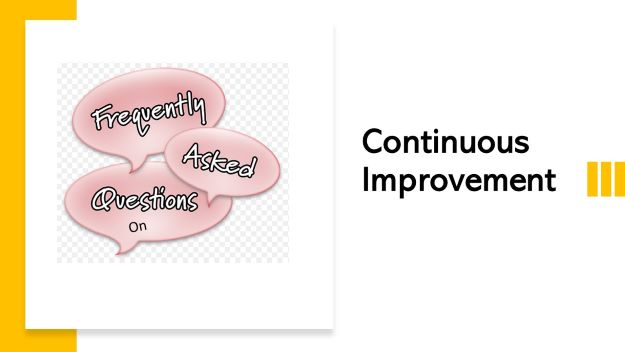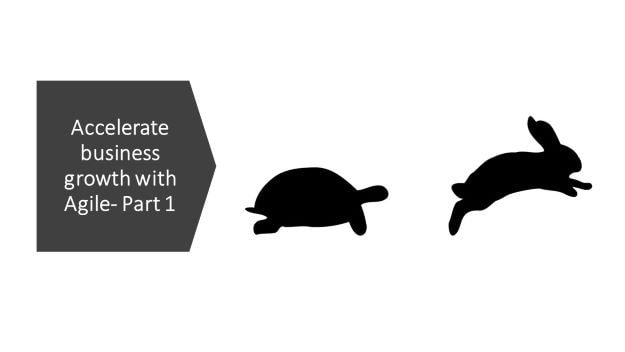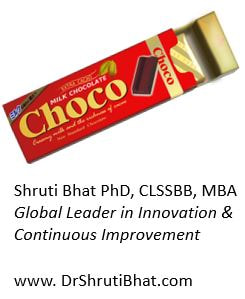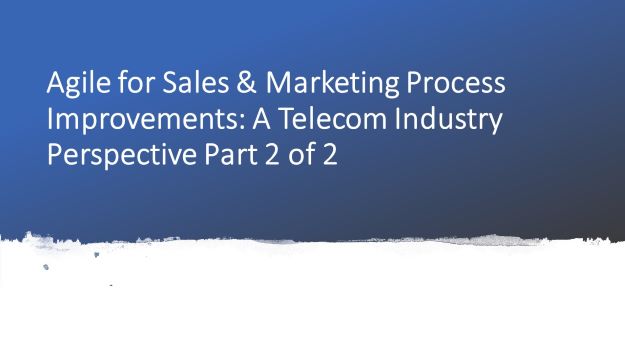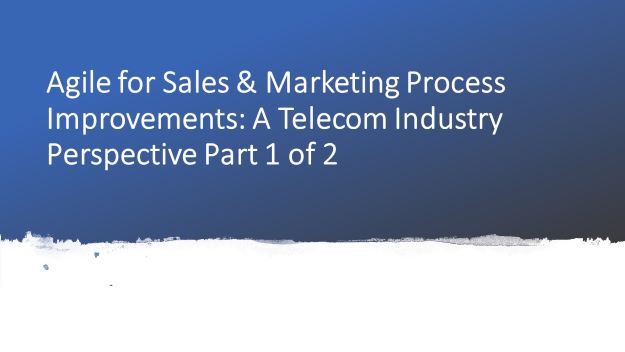So, let’s get started …
Will Agile methodology replace Lean Six Sigma in today’s fast business environment? This question is relative to the industry and desired outcome.
For instance, lack of documentation and control metrics of Agile methodology would be risky to an aerospace parts production line or a highly regulated business such as pharmaceutical manufacturing or banking.
While an advertising firm may find Lean Six Sigma methodology stifle its creativity.
In general, business leaders have been known to prefer the fast pace Agile promises. However, my recommendation to them is that- automating a process through Agile methodology without proper understanding or documenting about how to stabilize, measure and control the process, will be fraught with the problems, generate cynical employees and frustrated customers.
Lean Six Sigma is about determining critical customer needs, root causes of failure, brainstorming to get solutions and then implementing them correctly.
Agile is only about fast iterative implementation of a known solution (through customer feedback) to a process/ product/ service.
In my opinion as a successful Continuous Improvement consultant, Lean Six Sigma must be combined with Agile to achieve best rewards.
That is, solutions identified from Lean Six Sigma methodology campaigns should be implemented using Agile method. This is an excellent win-win combination. Read more about how Lean Six Sigma methodology can help your organization in my book ‘Revolutionizing Industries with Lean Six Sigma’. You may check it out here.
Another advantage is that Agile-Lean Six Sigma combination can be flawlessly applied to organizations from any industry sector.
Check out more about Agile, Lean Six Sigma and eighteen different business process improvement techniques here.
I shall discuss more FAQs concerning effective & efficient business process improvement in upcoming parts of this blog post series...
By the way, if you run a company that is facing a challenge to thrive in these difficult times, I would suggest that you please revisit your business processes in order to accelerate growth and bring a quick turnaround.
Related reading:
- Kaizen for pharmaceutical, medical device and biotech industries.
- Revolutionizing Industries with Lean Six Sigma.
- Business process improvement techniques for manufacturing and service industries.
- How to choose a business process improvement technique for your organization.
- 30 Popular continuous improvement tools.
- YouTube #Shorts videos on Continuous Improvement.
#businessprocessimprovement #agilemethodology #leansixsigmamethodology #businessprocessmodification #businessprocessreengineering #processimprovement #continuousimprovement #businessturnaround #differencebetweenagileandleansixsigma #agile #leansixsigma

